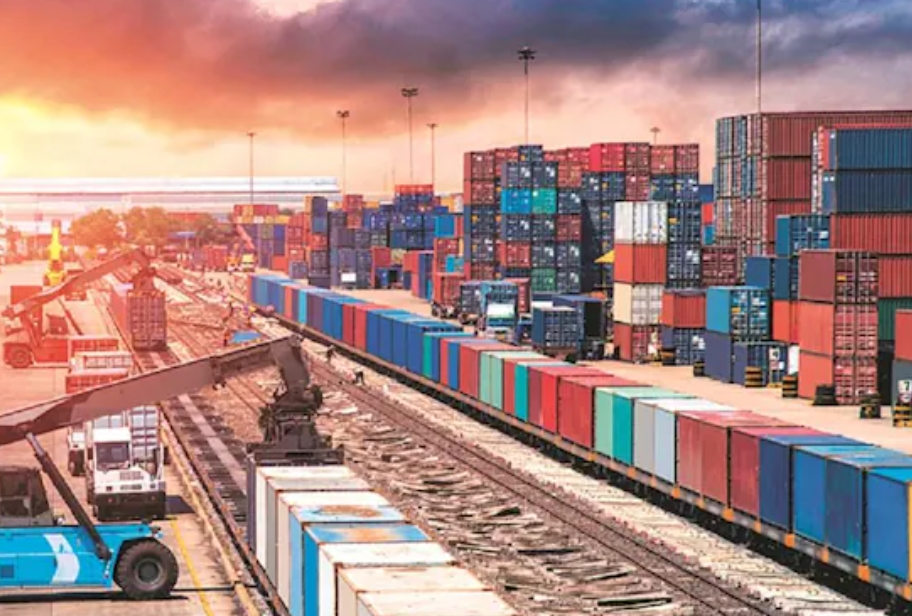200 More Gati Shakti Cargo Terminals: Indian Railways
The Indian Railways plans to set up an additional 200 Gati Shakti Cargo Terminals (GCTs) to boost freight revenue, decongest rail networks, and enable faster passenger train movement. This expansion follows the successful implementation of the first 100 GCTs announced in the Union Budget 2022-23.
- GCTs are multi-modal terminals used by corporates to handle bulk cargo that is transported via rail.
- They are established under a policy that allows monetization of vacant Railway land through public-private partnerships (PPP).
- The first 100 GCTs were to be set up over 5 years from 2022-23.
Progress of Phase 1
- 77 out of the initial 100 GCTs have already been commissioned at a cost of around ₹5,400 crore.
- These terminals are located in states like West Bengal, Jharkhand, Odisha, Telangana, Tamil Nadu, and Uttar Pradesh.
- Major operators include Concor, Reliance, Adani, JSW, IOCL, and BPCL, among others.
- The remaining terminals are expected to be operational by the end of FY 2024-25.
Expansion Plans
- Buoyed by the positive response, Railways will tender for 200 more GCTs once the first 100 are completed.
- The additional terminals are estimated to require ₹12,000-14,000 crore in private investment.
- Each terminal is expected to cost an average of ₹65-70 crore, with some ranging from ₹50 crore to higher amounts.
Development Models
GCTs can be developed through two models:
- On non-Railway land: Private players identify the location and construct the terminal after obtaining necessary approvals.
- On Railway land (fully/partially): Railways identifies land parcels, and the operator for construction and operation is selected through open tendering.
Boosting Freight Share & Complementary Initiatives
- Railways aims to increase its share in India’s freight traffic from the current 29% to 35% by 2030.
- In FY24, Railways carried around 1,600 million tonnes (mt) of the total 5,500 mt cargo moved across the country.
- Major commodities transported include coal (787.6 mt), iron ore (181 mt), cement (154 mt), and other volume-based items like white goods.
- The development of GCTs is expected to lead to faster goods movement and decongestion of tracks for passenger trains.
- Railways also plans to add 5,000 km of new tracks every year for the next 3-5 years to support the increased freight capacity.
About Gati Shakti Cargo Terminals
Gati Shakti Cargo Terminals are a key initiative of the Indian Railways to boost its freight business and attract private investment.
- Launched: 2022, as part of the PM Gati Shakti National Master Plan
- Aim: To develop multimodal logistics facilities and reduce logistics costs
- Target: 100 terminals to be developed in 5 years (2022-2027)
- Model: Public-Private Partnership (PPP) and private sector investment
- Location: On railway land or private land near railway facilities
- Facilities: Warehousing, cold storage, customs clearance, and value-added services
- Benefits: Reduced handling time, improved efficiency, and increased railway’s modal share in freight transport
Gati Shakti Cargo Terminals are expected to transform India’s logistics landscape and contribute to the country’s economic growth.
Month: Current Affairs - April, 2024
Category: Economy & Banking Current Affairs






